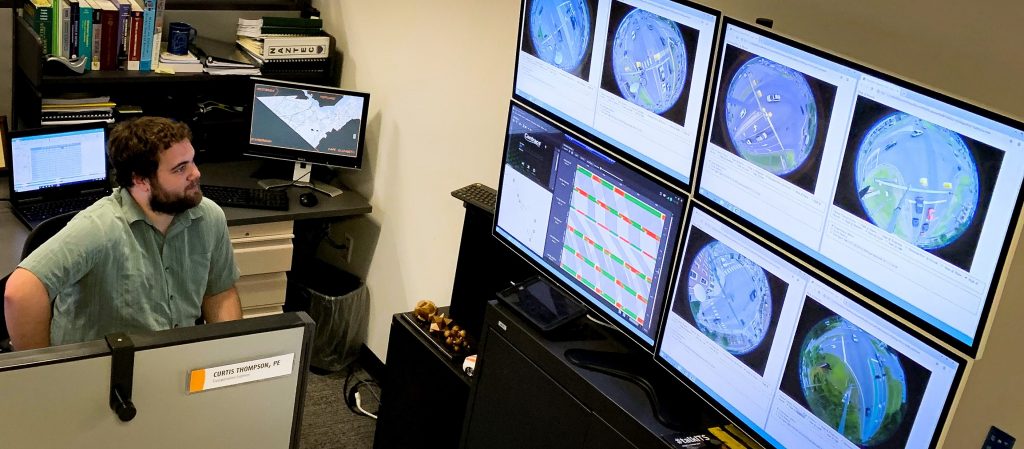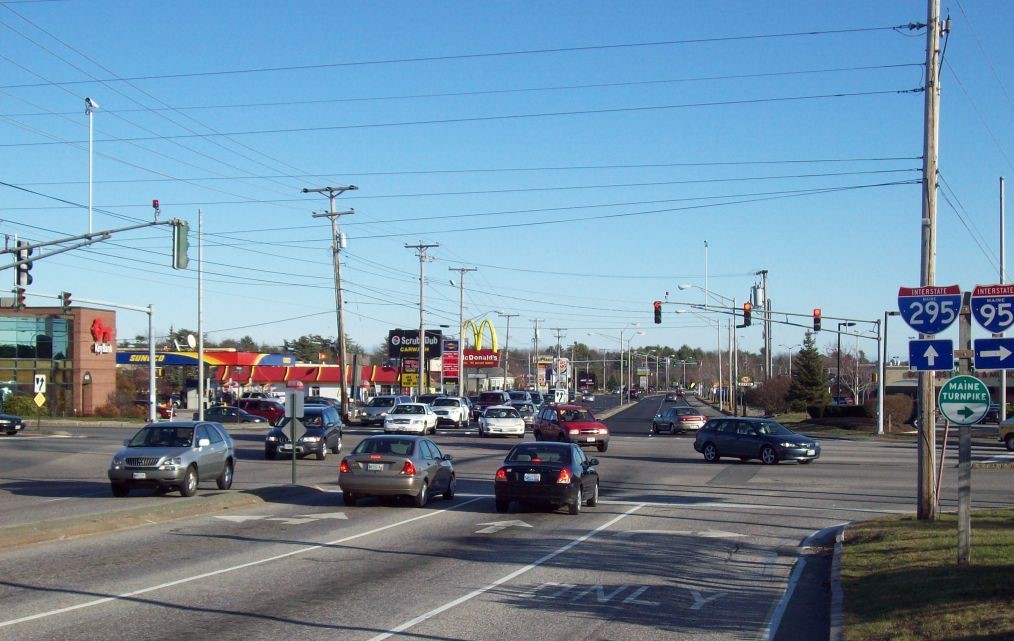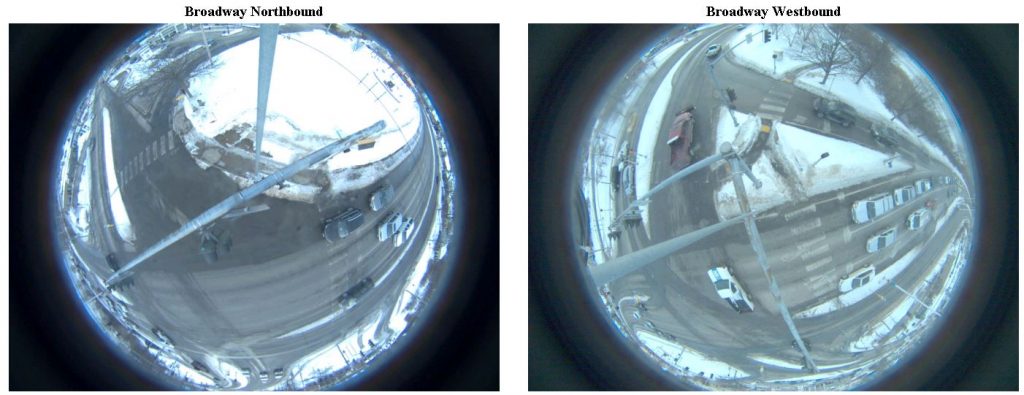
Traffic Signal Operations as defined by the Federal Highway Administration is “the active prioritization of objectives and active collection of information to efficiently manage traffic signal infrastructure and control devices to maximize safety and throughput while minimizing delays.” In practice, Traffic Signal Operations consist of a combination of asset management, ongoing maintenance, and traffic signal timing optimization.

What are the benefits of actively maintaining traffic signal operations?
Typically, the identification of issues such as malfunctioning traffic signal equipment and/or programming is dependent on the observations from motorists contacting the traffic signal owners and operators. These requests are then turned into work orders and the traffic signal equipment is then reviewed by the traffic signal owners and operators’ staff or on-call contractors and changes or repairs are made. It could be days, weeks, or even months before an issue is even identified and even longer for the issue to be corrected depending on the repairs, leading to ongoing inefficiencies and potential safety concerns.
- Traffic Signal Equipment Inspection and Asset Management: allows for traffic signal owners and operators to estimate the present life span of the equipment which better prepares traffic signal owners and on-call contractors when responding to a work order so that the correct equipment can be brought into the field. Frequent inspection can also preemptively identify failing equipment or identify the presence of insect or rodent damage. Overall equipment inspections and asset management can shorten or even completely eliminate lengthy downtime of signal equipment or functionality.
- Traffic Signal Management: Many traffic signal controllers have the ability to monitor functionality within the cabinet either through recording the traffic signal indication timings, special events that occur at the intersection such as emergency preemption, and/or vehicle and pedestrian detector functionality. Through remote communications, these logs can be viewed and analyzed to identify malfunctioning equipment or traffic signal configuration inefficiencies. Configuration changes can then be made remotely which in turn greatly reduces the need for field visits.
- Traffic Signal Optimization: Traffic volumes can be highly variable depending on the hour of the day, day of the week and even by season. This variability speaks to the need for continuous optimization of signal systems in order to reduce queues, delays and emissions that are commonly found on our roadways. The overall performance of a traffic signal can be determined using real-time data collected from traffic signal controller logs or other traffic signal equipment, such as vehicle detection. This information can then be used to better develop signal programming changes that can improve the overall operations within a traffic signal system.

How do I learn more about traffic signal operations?
If you have inquiries or specific questions please contact Curtis Thompson, Transportation Engineer and/or Brad Lyon, Director of Transportation Services.
Additionally, In the month of July 2021, we will be hosting a free Introduction to Traffic Signals and Traffic Signal Operations webinar. If you are interested in attending please contact Curtis Thompson for more information.

